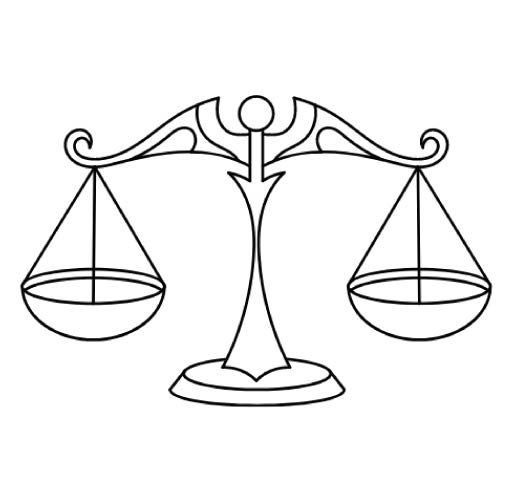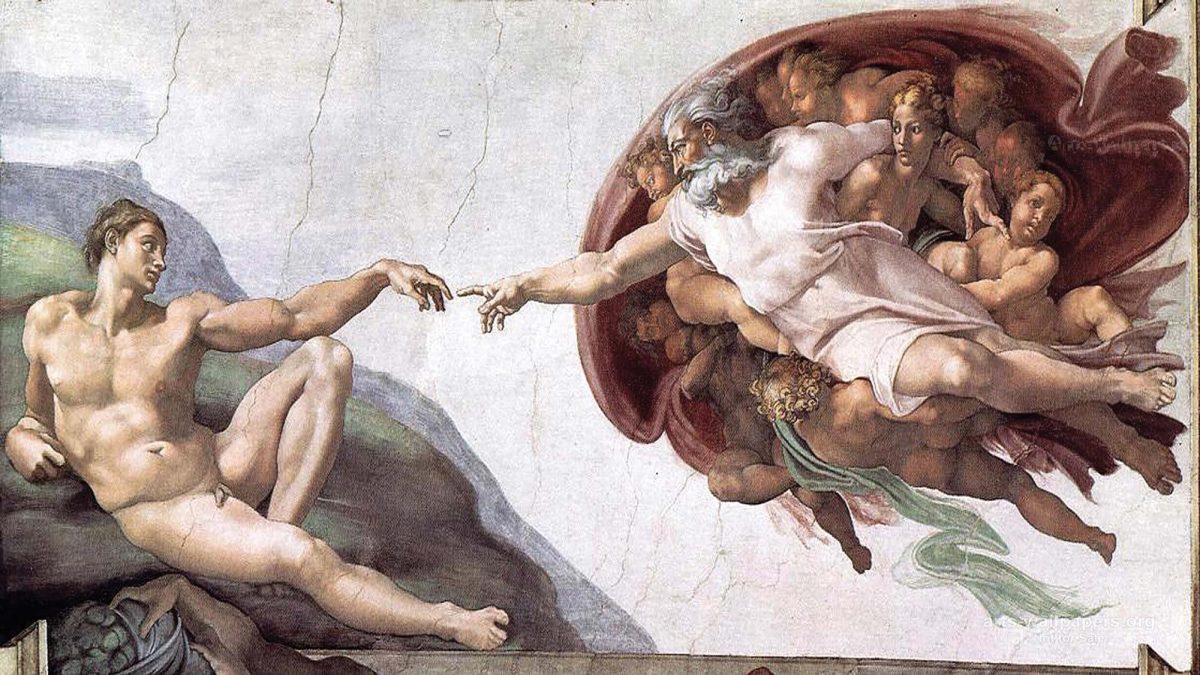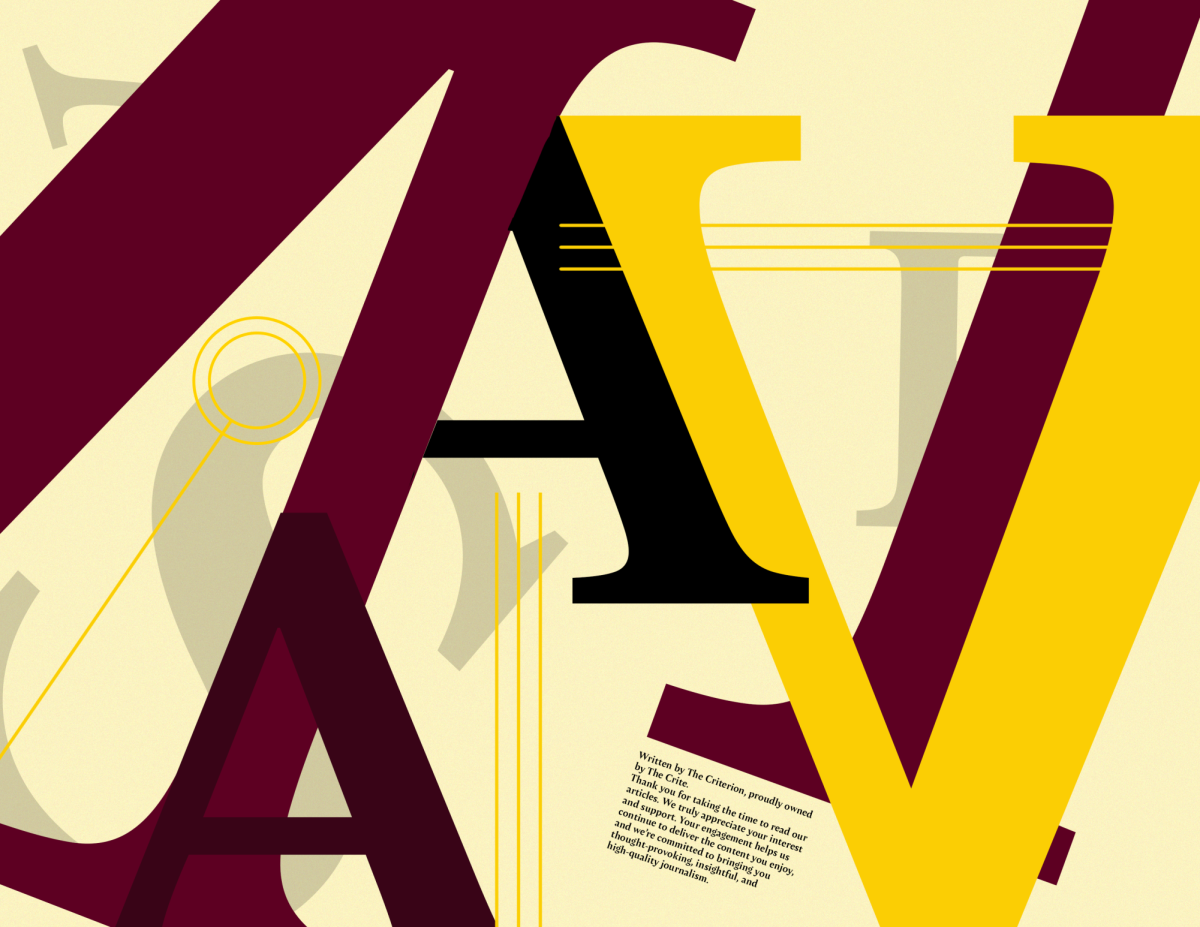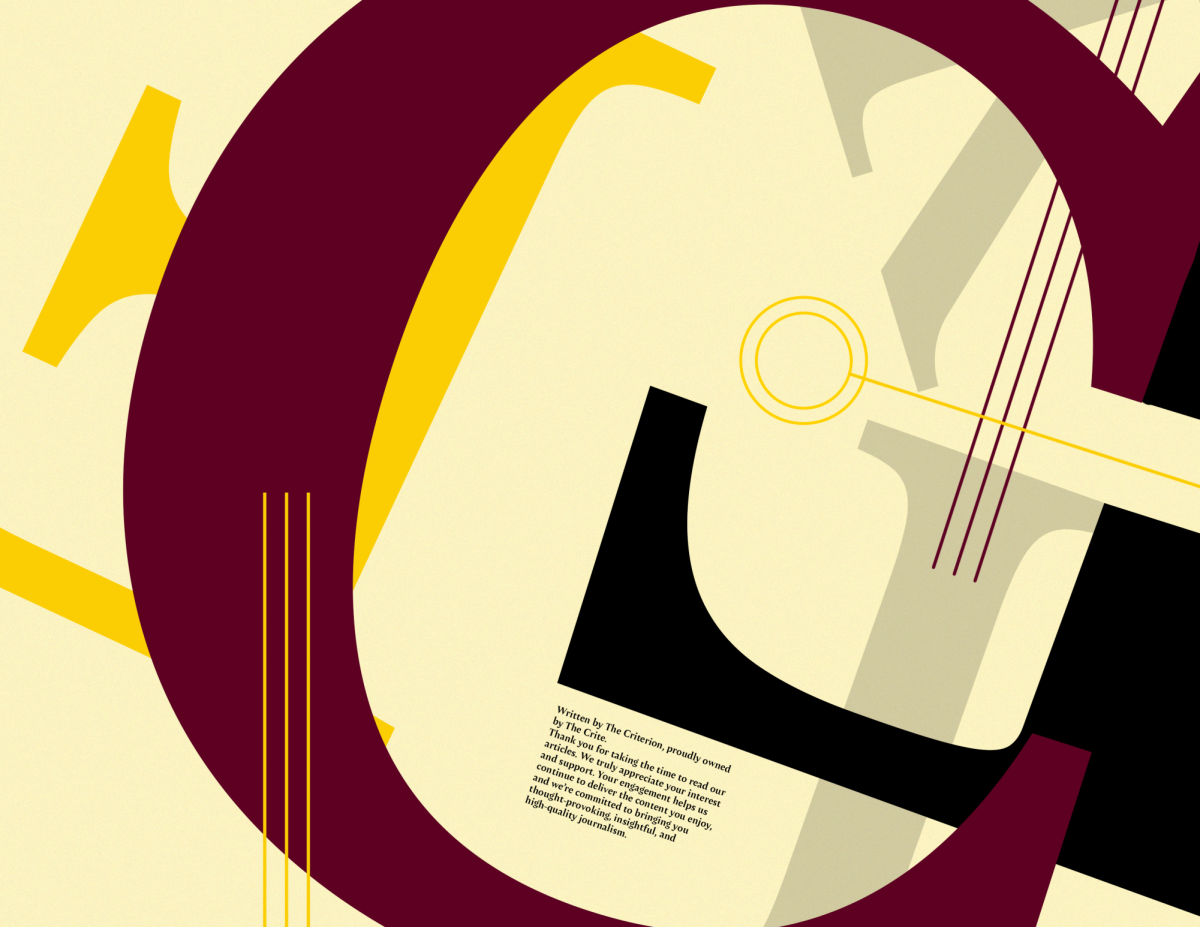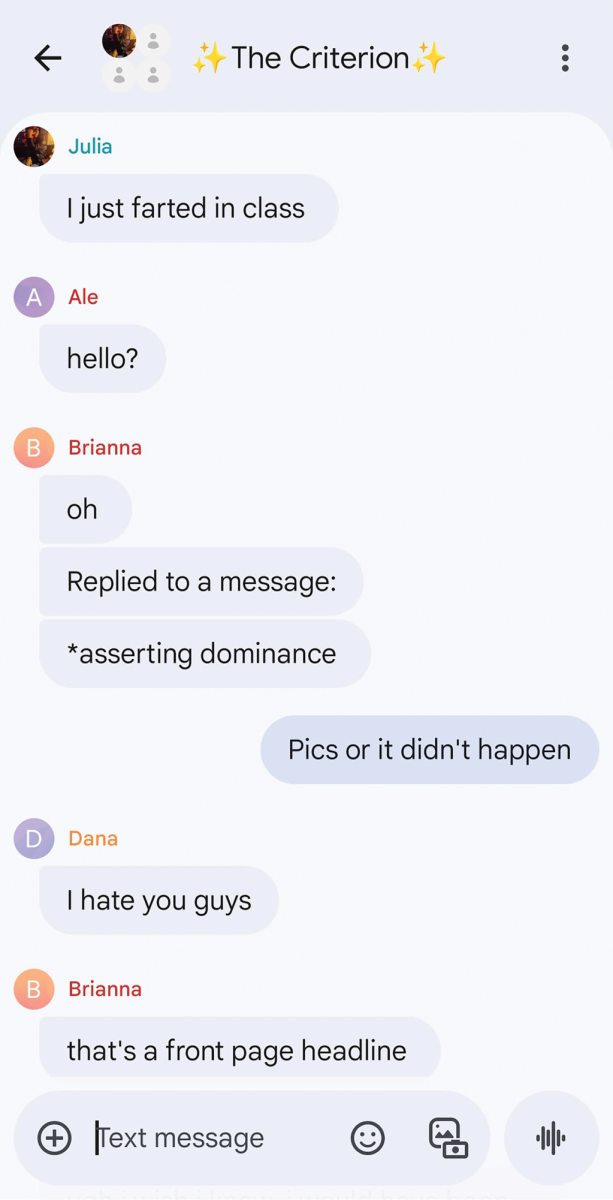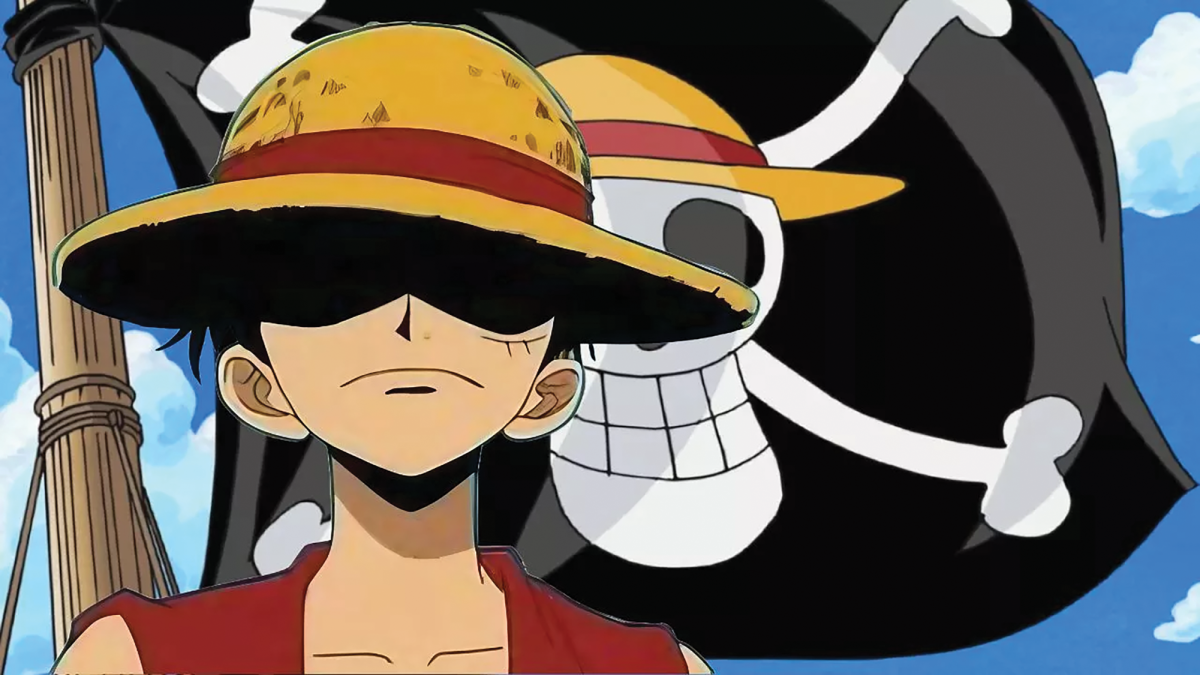Hosted by local drag queen Natalie Symone and featuring dancing, exaggerated outfits and loud cheers from the audience, the fall drag show, ‘Hallow-Scream Queens,’ put on Friday, Oct. 25 by the Gender and Sexualities Alliance (GSA), was the best event put on by Colorado Mesa University (CMU) so far this semester.
The show’s lineup consisted of local queens and kings: Symone, Onyx Rose, Javier VanDyke, Lady Houston and Kandrii Zavalla. The fact that the show felt so comfortable is what made it the best event of the semester. It felt free. It felt powerful and unapologetic. It managed to cut through the subtle (or obvious) barriers that one might expect. It was the kind of thing you look back on and realize it was special, without truly realizing it in the moment.
A drag show usually consists of a lineup of performers, identifying as men, women and everyone in between. They lip sync, dance, sing, and otherwise entertain those in attendance. I made a short documentary on the drag scene in Grand Junction for Mass Communication’s Documentary Production class last semester, and I got to really see what goes into the process. One of the people I was able to to talk to was Symone.
“I get into drag, it’s a full fantasy for me. It’s not just a look,” Symone said during the documentary process. “For me, it allows me to be someone other than myself.”
It’s ironic that a drag show can feel so comfortable when the process to get ready is anything but. Hours of makeup, making clothes, practicing routines, picking out music, and other miscellaneous processes go into looking good on stage. And on the audience’s side, it can feel daunting to go to a show that is loud, has the potential to be vulgar, and deals with a subject that could be considered taboo.
“I’ve been coming to CMU for two years now, so this time they asked me to host a show, so I was super excited,” Symone said after the show. “I think it went great, there was a huge turnout which was great because it was a fundraising event, so I was really happy when I saw the line [to get in].”
The show felt freeing for both the audience and performers. The audience got to explore a little, and maybe feel more comfortable in their own skin. Some of the jokes at the beginning had audience members laughing while covering their mouths, shocked someone would say something so bold so loudly, unabashedly. As the show went on, there was less mouth-covering and more straight laughing.
“[The show’s] gotten bigger and bigger every time I’ve been here, so the crowd is absolutely amazing. I do things for the youth, that’s why doing things at colleges are really important to me. I think [the show] was amazing,” VanDyke said.
The show felt powerful not because of what is was trying to say, but the way it went about saying it. Unapologetic, proud, and encouraging of all different types of people.
Those who disagree might say that it went a little far. Vulgar language doesn’t belong on a college campus, much less in an organization-sponsored event. Some of Symone’s jokes at the audience’s expense could be construed as demeaning. Some of the dancing felt a little uncomfortably sensual.
All valid points. But I disagree. The show felt like an opportunity, for just a few hours, for all sorts of barriers to come down. I wanted the performers to swear more. The jokes at the audience let us laugh at ourselves. The dancing was supposed to be sensual, not as an aggressive act, but as a performance.
GSA’s drag show was the best event on campus this semester. Given its message of feeling comfortable with oneself, letting go of boundaries, and its uncompromising way of delivering the message, it was an experience that more people should have. I look forward to the next show, hosted in the spring.




